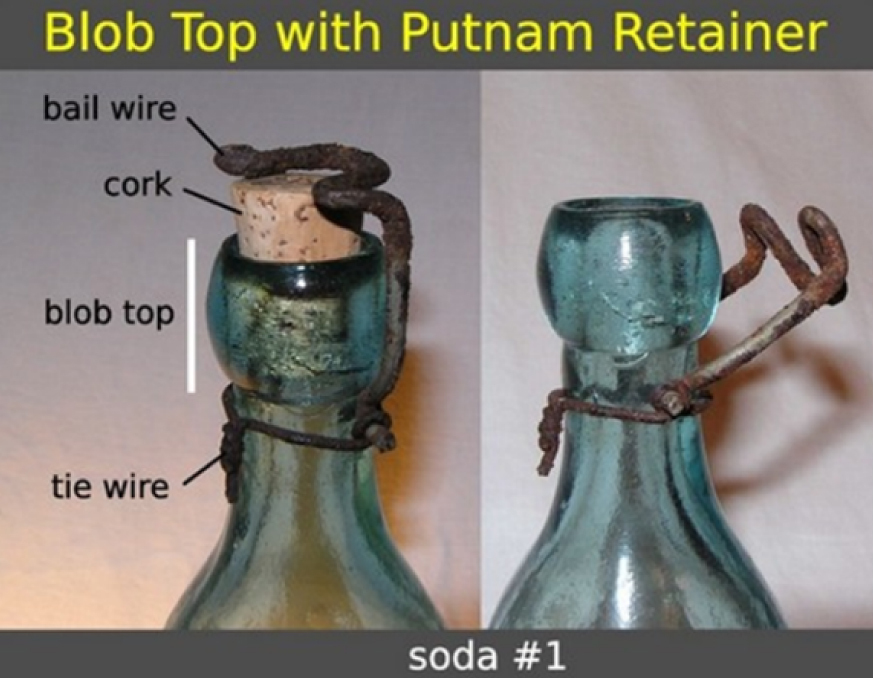
Historical Uses

Cork has been used by humans dating back to 3000 BC. Originally used in China, Egypt, Babylon, and Persia as fishing tackle and buoys, it wasn’t until the 4th century BC that the first use of it being used for wine bottling was documented. In the early 1200’s, Portugal adopted a pioneering position with environmental legislation geared at protecting their cork forests once they began to realize it’s true value and importance. Portuguese shipbuilders in the 14th century used cork trees to make the masts for their vessels as it had been shown to be exceptionally strong and wouldn’t rot – putting them on good standing as they set out to explore distant lands during the Age of Discovery.
It wasn’t until the 18th century when an English Physician was first able to analyze cork under the microscope and was able to really determine how and why cork was such an important material. It was then discovered that the outer layer of bark (the periderm) contained an extremely high level of suberin, which is a rubbery substance that acts as a natural moisture barrier for plants. Millions of microscopic air chambers are formed from suberin as the bark grows, which allows the cork to float as well as repel moisture from penetrating into the material. You may also note the scientific name for the cork oak tree, Quercus suber, is the derivation of the word suberin. Also in the 18th century, Dom Pierre Pérignon, the monk and treasurer of the Hautvillers Abbey, began to use cork to seal bottles of his famous Dom Pérignon champagne (the brand still in existence, and still using cork to this day).

It appears that the cultivation of cork, at least in a systemic/forest approach, didn’t really start in Portugal until the late 1700’s, when the use of cork stoppers became more common. Then in 1790, an Italian chemist analyzed cork’ chemical composition, spurring its industrial relevance even more. The 19th century was really when ‘work’ around cork started to occur throughout the world, starting the United Kingdom with the first patent for making cork stoppers. Then in the early 1900’s, a patent for binding cork granules with adhesive was created. In WWII, cork was used in vehicle transmission belts, and as a component in tires.
In the 1950’s, though flooring had been around for many decades already, its’ use with a pre-applied topical coating was developed. Cork has been used in shoes (most famously in Birkenstocks), in the development of a natural leather alternative, is used as a thermal retardant in certain building products, has been used by NASA on spaceships, and really the innovations keep coming. Cork as a material is ripe for development, especially as its’ value is becoming more understood and accepted, and the importance of sustainability has become mainstream.




(Cork Life buoy (late 1890’s))


(Early Birkenstock advertisement)
(Cork Life buoy (late 1890’s))
(Early Birkenstock advertisement)

